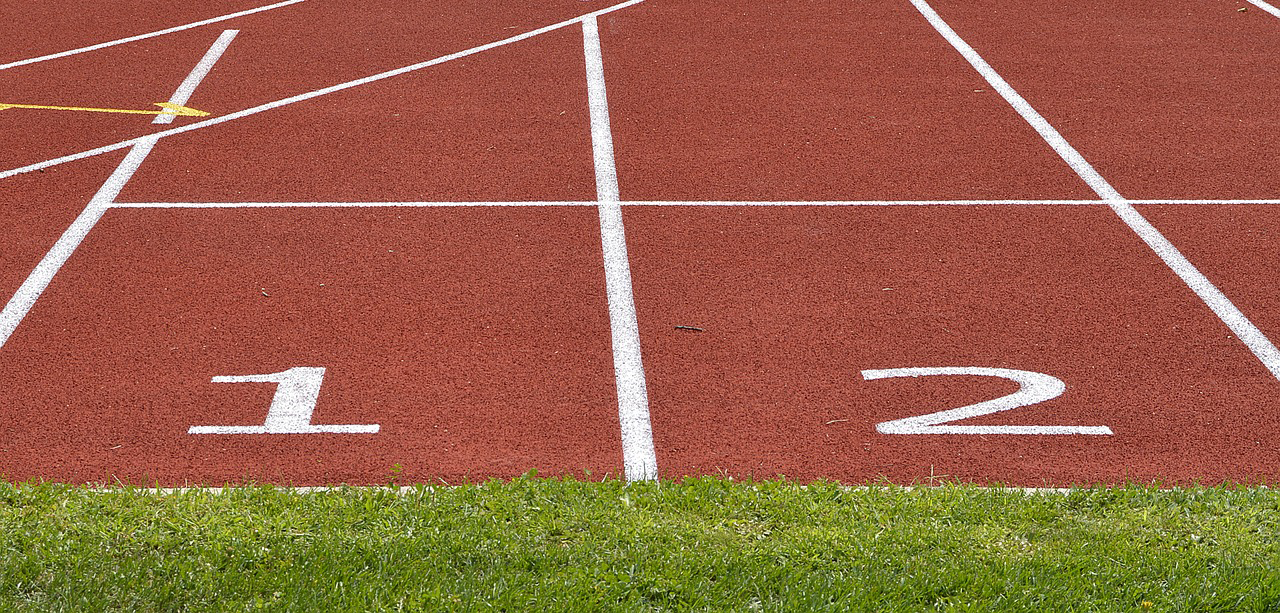To Grow as an Athlete You Need to Track Progress

Athletic growth is a multifaceted process that requires consistent effort, dedication, and a strategic approach. It involves not only physical development but also mental fortitude, discipline, and resilience. One of the most effective ways to ensure consistent growth and improvement in athletic performance is through tracking progress. This involves monitoring various aspects of an athlete’s performance, setting goals, and measuring improvements over time.
Here are the top ten ways to track athletic growth.
1. Performance Tests: Performance tests are a fundamental way to measure an athlete’s progress. These tests can include the Vertical Jump, Pro-Agility Run, 10-yard dash, Broad Jump, Medicine Ball Throw, and 3 Cone Drill. These tests assess an athlete’s strength, speed, agility, and endurance, providing a comprehensive overview of their physical capabilities. As an athlete’s strength and fitness level increase, their test scores should improve, indicating progress.
2. Rate of Force Development: The rate of force development is a key indicator of an athlete’s athleticism. It measures how quickly an athlete can generate force, which is crucial in many sports. The vertical and broad jump are two movements that can effectively measure this aspect of athleticism.
3. Documenting and Reviewing Progress: An effective method for tracking progress is documenting it. This could involve recording overall goals, tasks, milestones, and deadlines. A calendar or planner can be used to track progress by checking off tasks as they are completed and milestones as they are achieved.
4. Use of Technology: With advancements in technology, there are now numerous tools available to help track athletic progress. For instance, Electromyography (EMG) is an electrodiagnostic medicine technique used to evaluate and record the electrical activity produced by skeletal muscles. This can provide valuable insights into an athlete’s muscle function and development.
5. Rating of Perceived Exertion (RPE): RPE is a popular method used to monitor an athlete’s exertion after performing work. Athletes give their exertion a numerical value on a 10-point scale, with 10 being the highest exertion for a given session. This allows athletes and coaches to gauge the intensity of a workout and adjust future training sessions accordingly.
6. Video Analysis: Video analysis can be a very effective way to evaluate performance. It allows athletes and coaches to review specific aspects of performance in detail, identify areas for improvement, and track changes over time.
7. Physical Metrics: Measuring physical metrics such as speed, time, weight lifted, length, height, acceleration, distances covered, heart rate responses, and heart rate recovery is crucial when assessing activity and performance in team-athletic populations.
8. Mental Health Measures: Mental health is increasingly recognized as a vital component of athletic performance. Working proactively with mental wellness top of mind can positively impact athletic performance. Athletes can work with therapists or performance coaches to develop mindfulness practices that have been shown to improve performance.
9. Blood Sugar Monitoring: For some athletes, particularly long-distance runners, monitoring blood sugar levels can be crucial for maintaining peak performance. Athletes can use glucose monitors to track their blood sugar levels throughout the day, helping them ensure their levels are high enough for optimal performance.
10. Individualized Training Programs: By tracking an athlete’s training, coaches can individualize training sessions based on the athlete’s progress. This allows for more efficient scheduling of private lessons or group training sessions, and helps to prevent injury and burnout by identifying when to push forward and when to scale back.
In conclusion, tracking athletic progress is a complex process that involves monitoring various aspects of an athlete’s performance, setting goals, and measuring improvements over time. By employing these methods, athletes and coaches can ensure consistent growth and improvement, ultimately leading to better performance and success in the sporting arena.
Citations :
- https://sportmedbc.com/article/monitoring-your-progress/
- https://www.scienceforsport.com/4-ways-to-monitor-an-athletes-load-on-a-budget/#:~:text=Rating%20of%20Perceived%20Exertion%20(RPE,a%20given%20session%20(16).
- https://upperhand.com/5-reasons-to-track-athlete-progress/
- https://www.sportspromedia.com/opinions/sports-technology-experts-guide-athlete-performance-data-injury-prevention/
- https://www.indeed.com/career-advice/career-development/measure-progress
- https://training-conditioning.com/article/measuring-progress/#:~:text=They%20include%3A%20Vertical%20Jump%2C%20Pro,increases%2C%20their%20test%20scores%20improve.
- https://blog.overtimeathletes.com/3-indicators-to-measure-your-athleticism/
- https://blog.nasm.org/sports-performance/sports-performance-testing-evaluation-whole-team-approach#:~:text=Movement%20Screens*%20(i.e.%2C%20Overhead,Test%2C%20300%20Shuttle%20Run%20Test)
- https://simplifaster.com/articles/monitoring-athletes-what-you-should-know-today/
- https://www.athleticlab.com/testing-results-tracking-your-athletes-progress-by-stephanie-shaw/
- https://www.truesportsphysicaltherapy.com/blogs/maximize-your-athletic-performance
- https://guavahealth.com/article/10-common-health-metrics-pro-athletes-track
- https://simplifaster.com/articles/data-sports-performance-measurements-matter/#:~:text=The%20measurement%20of%20physical%20performance,in%20many%20team%2Dathletic%20populations.
- https://www.sharecare.com/health/evaluating-measuring-fitness-levels/why-track-exercise-progress
- https://metrifit.com/blog/4-powerful-insights-to-utilize-monitoring-to-improve-performance/
- https://training-conditioning.com/article/measuring-progress/
PlayerEvals.com is an online platform that allows coaches to easily create, fill out, and send evaluations to athletes and their parents.
Subscribe for email updates:
